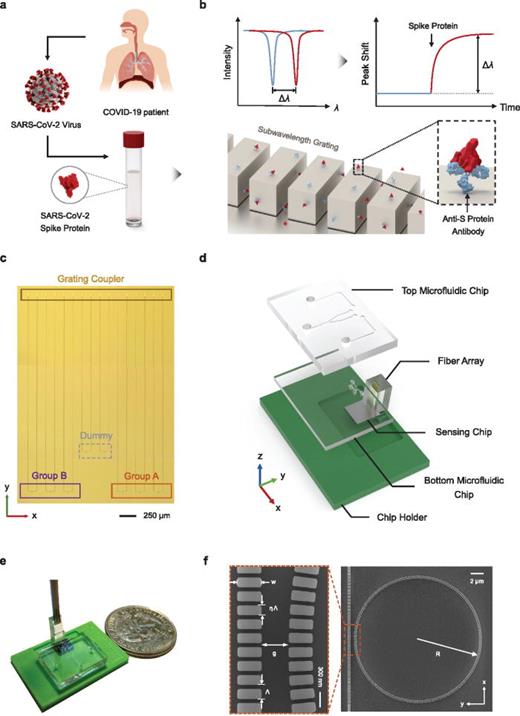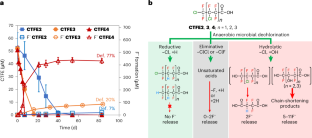2023-05-31 テキサス大学オースチン校(UT Austin)
◆この新しいテスト技術は、COVID-19と他の疾患を同時に検査することができる「ラボオンチップ」のプラットフォームを使用しています。このプラットフォームは、複数のサンプルを同時にテストすることができる「y」字型の二重層マイクロ流体チップを特徴としており、3Dプリントされたホルダーと専用のパッケージも備えています。
◆将来的には、COVID-19やインフルエンザ、他のコロナウイルス、さらには一部のがんなど、さまざまな病気を単一のサンプルで検査することが可能になる予定です。このプラットフォームは、病気の検出を容易にするための光ベースの技術を使用しており、低濃度のサンプルでも検出しやすくなっています。このプロジェクトは、AFOSR MURI Research Center on Silicon Nanomembranes、米国国立衛生研究所、米国エネルギー省、米国陸軍の助成金によって資金提供されています。
<関連情報>
- https://news.utexas.edu/2023/05/31/lab-on-a-chip-can-tell-the-difference-between-covid-and-the-flu/
- https://pubs.aip.org/aip/apr/article/10/2/021410/2893138/A-point-of-care-biosensor-for-rapid-detection-and
サブ波長回折格子マイクロリング共振器を用いたCOVID-19ウイルス(SARS-CoV-2)とインフルエンザウイルスの迅速検出・鑑別のためのポイントオブケアバイオセンサー
A point-of-care biosensor for rapid detection and differentiation of COVID-19 virus (SARS-CoV-2) and influenza virus using subwavelength grating micro-ring resonator
Hao-Chen Chang,Kang-Chieh Fan,Po-Yu Hsiao,Chenghao Feng,Devan Shoemaker,Ray T. Chen
Applied Physics Reviews Published:May 25 2023
DOI:https://doi.org/10.1063/5.0146079

In the context of continued spread of coronavirus disease 2019 (COVID-19) caused by SARS-CoV-2 and the emergence of new variants, the demand for rapid, accurate, and frequent detection is increasing. Moreover, the new predominant strain, Omicron variant, manifests more similar clinical features to those of other common respiratory infections. The concurrent detection of multiple potential pathogens helps distinguish SARS-CoV-2 infection from other diseases with overlapping symptoms, which is significant for providing tailored treatment to patients and containing the outbreak. Here, we report a lab-on-a-chip biosensing platform for SARS-CoV-2 detection based on the subwavelength grating micro-ring resonator. The sensing surface is functionalized by specific antibody against SARS-CoV-2 spike protein, which could produce redshifts of resonant peaks by antigen–antibody combination, thus achieving quantitative detection. Additionally, the sensor chip is integrated with a microfluidic chip featuring an anti-backflow Y-shaped structure that enables the concurrent detection of two analytes. In this study, we realized the detection and differentiation of COVID-19 and influenza A H1N1. Experimental results indicate that the limit of detection of our device reaches 100 fg/ml (1.31 fM) within 15 min detecting time, and cross-reactivity tests manifest the specificity of the optical diagnostic assay. Furthermore, the integrated packaging and streamlined workflow facilitate its use for clinical applications. Thus, the biosensing platform presents a promising approach for attaining highly sensitive, selective, multiplexed, and quantitative point-of-care diagnosis and distinction between COVID-19 and influenza.


